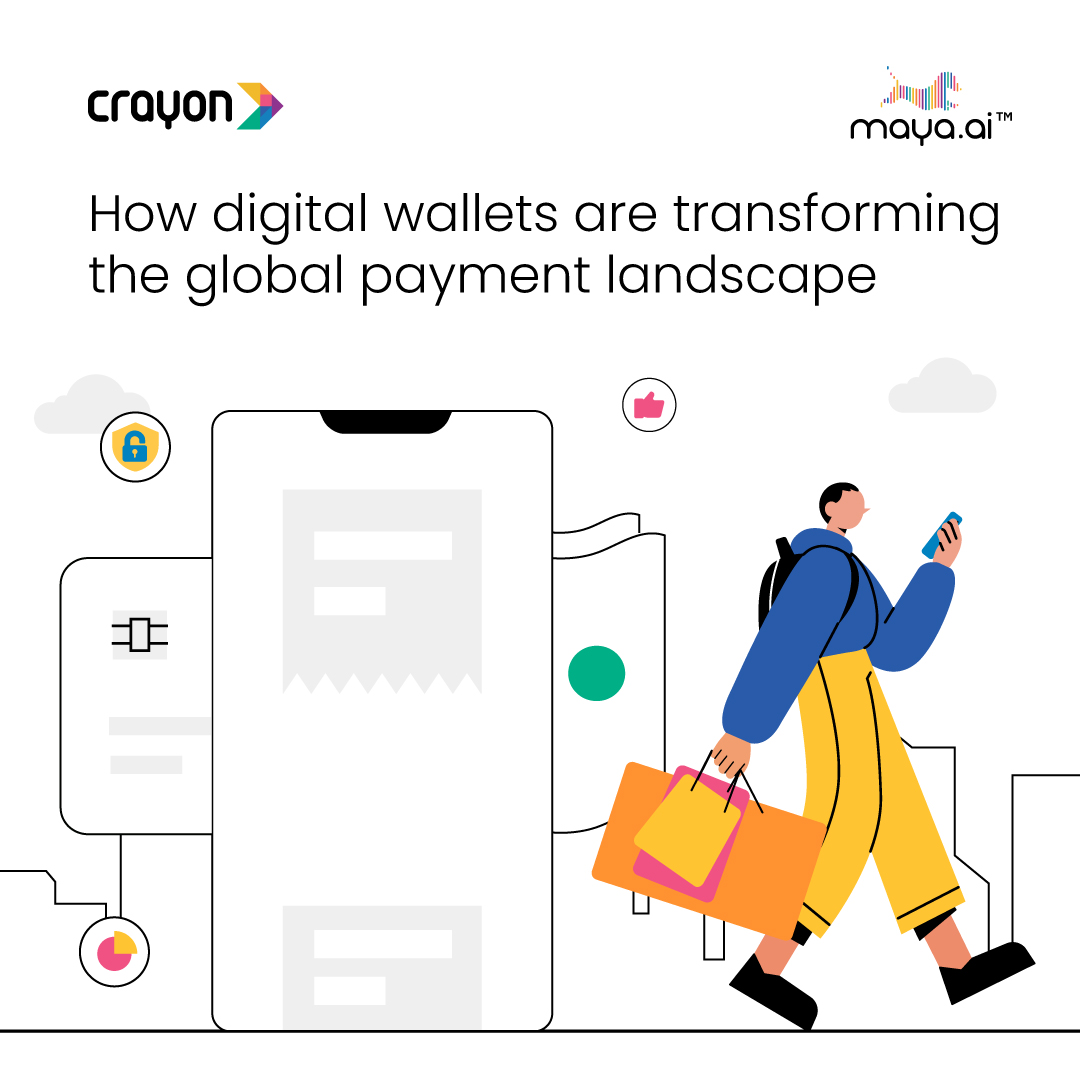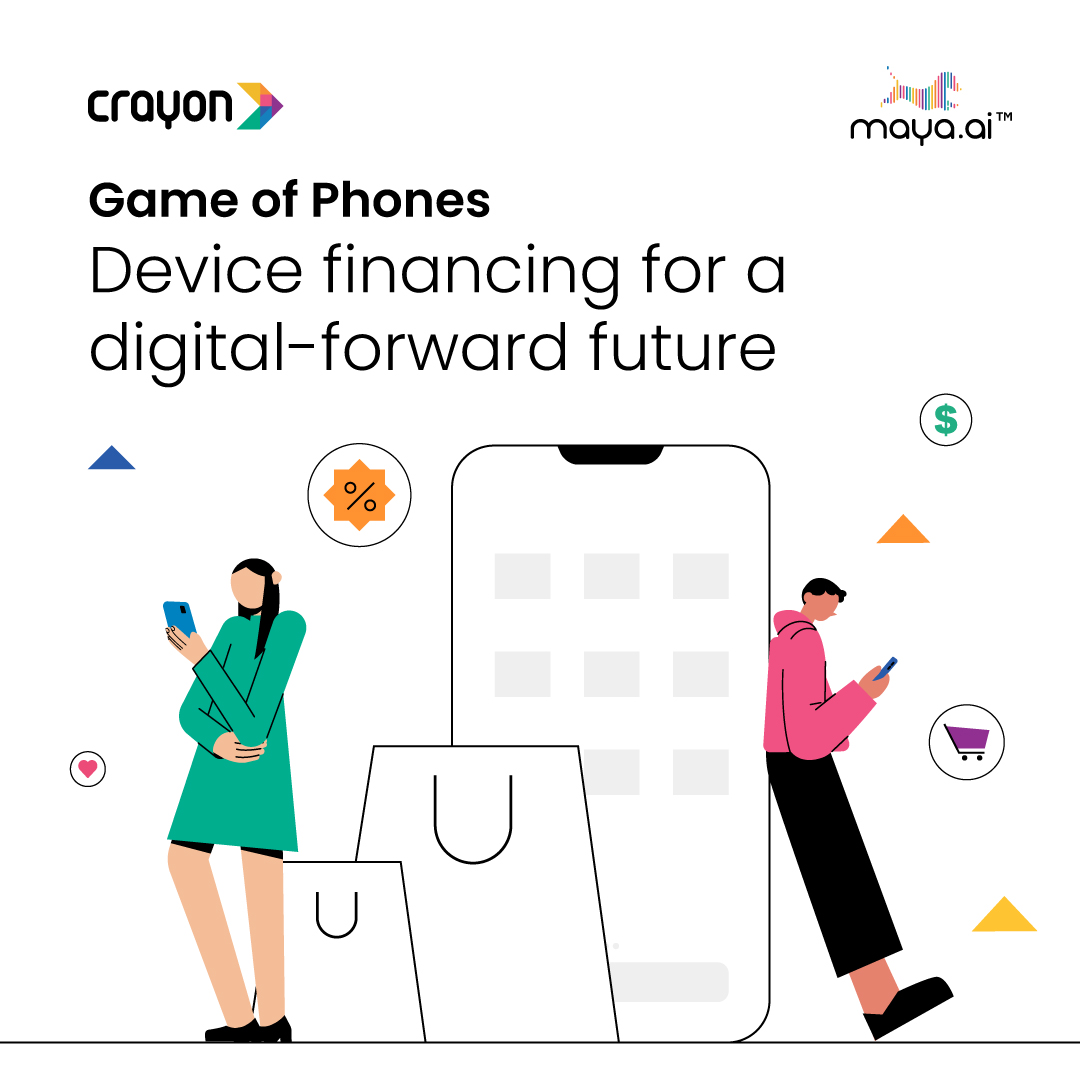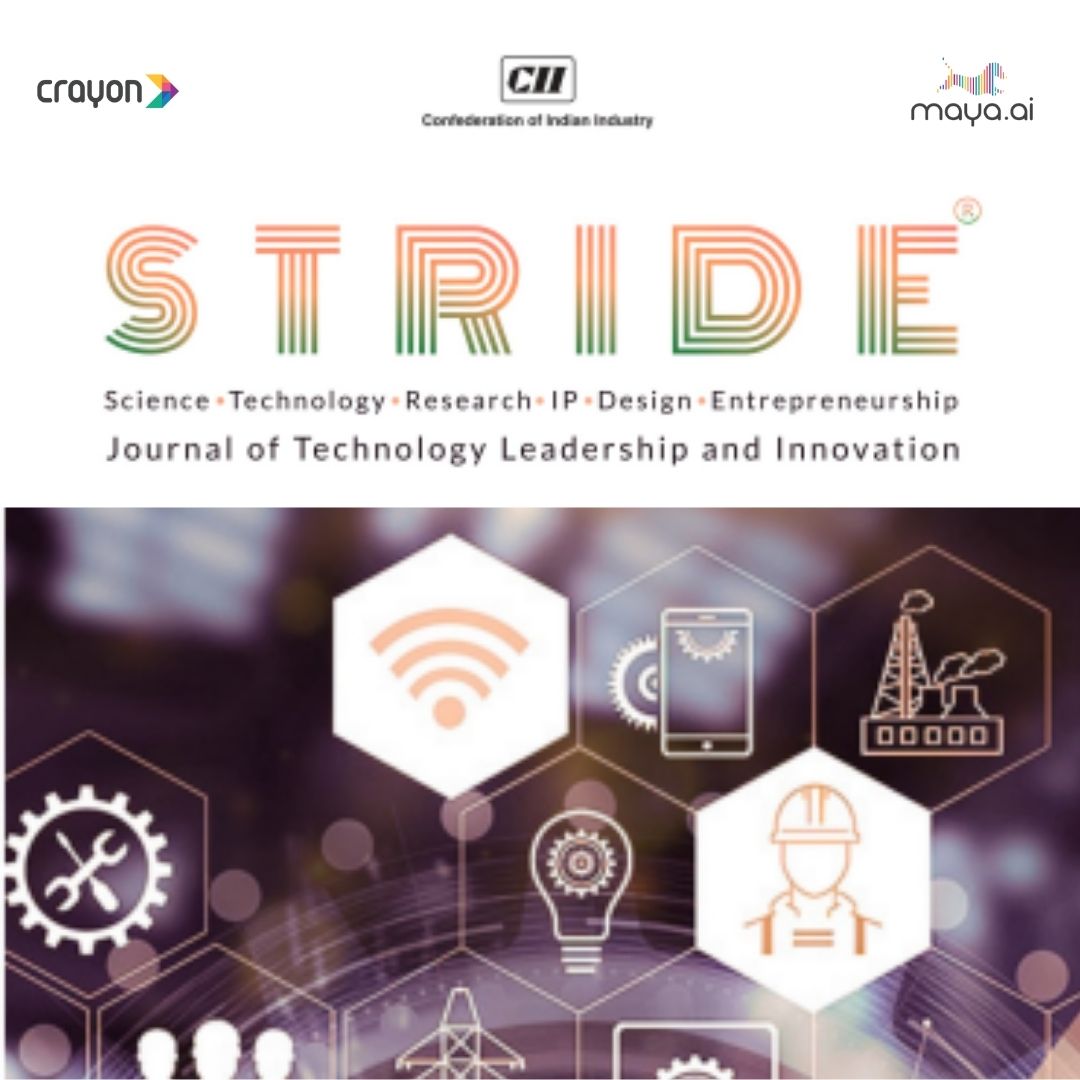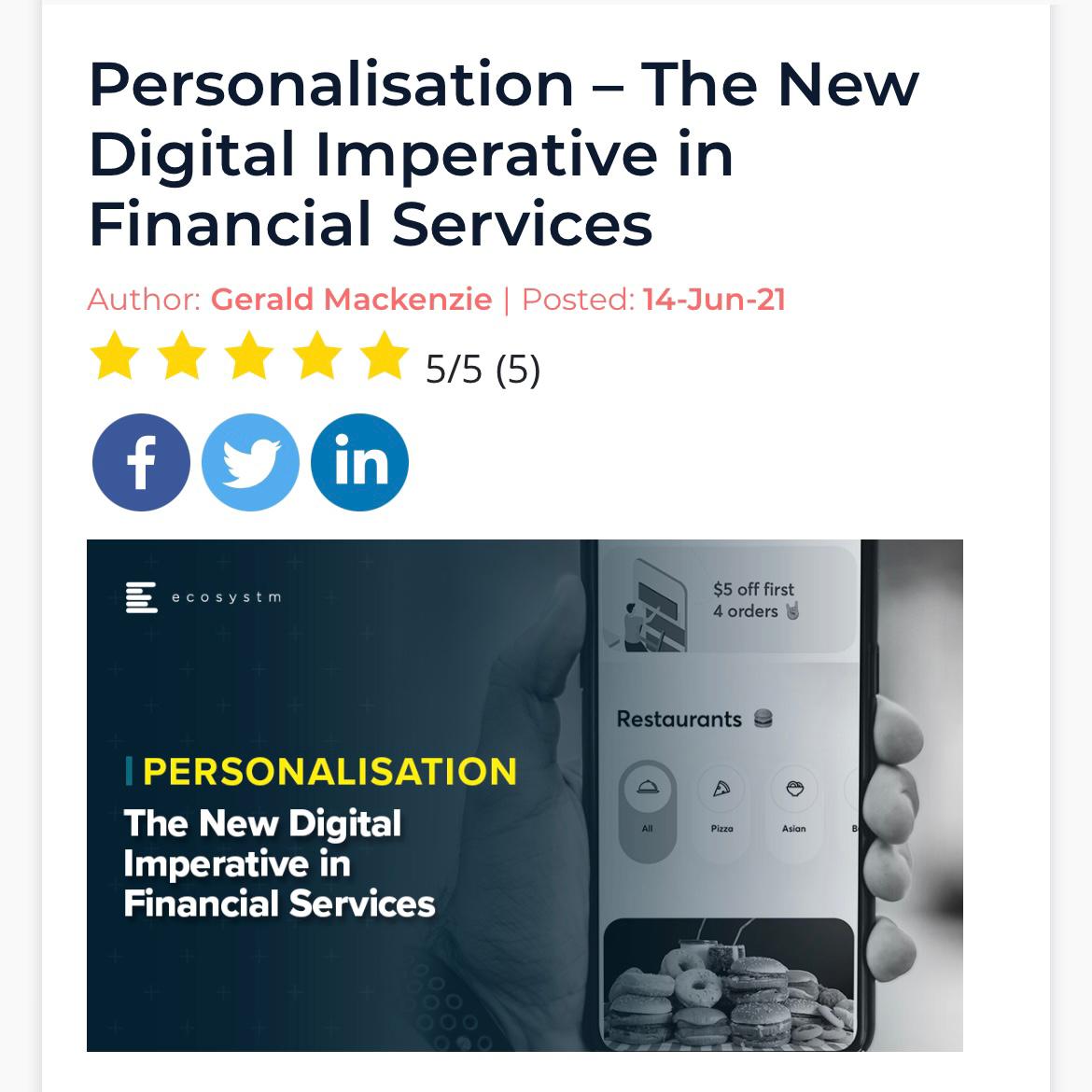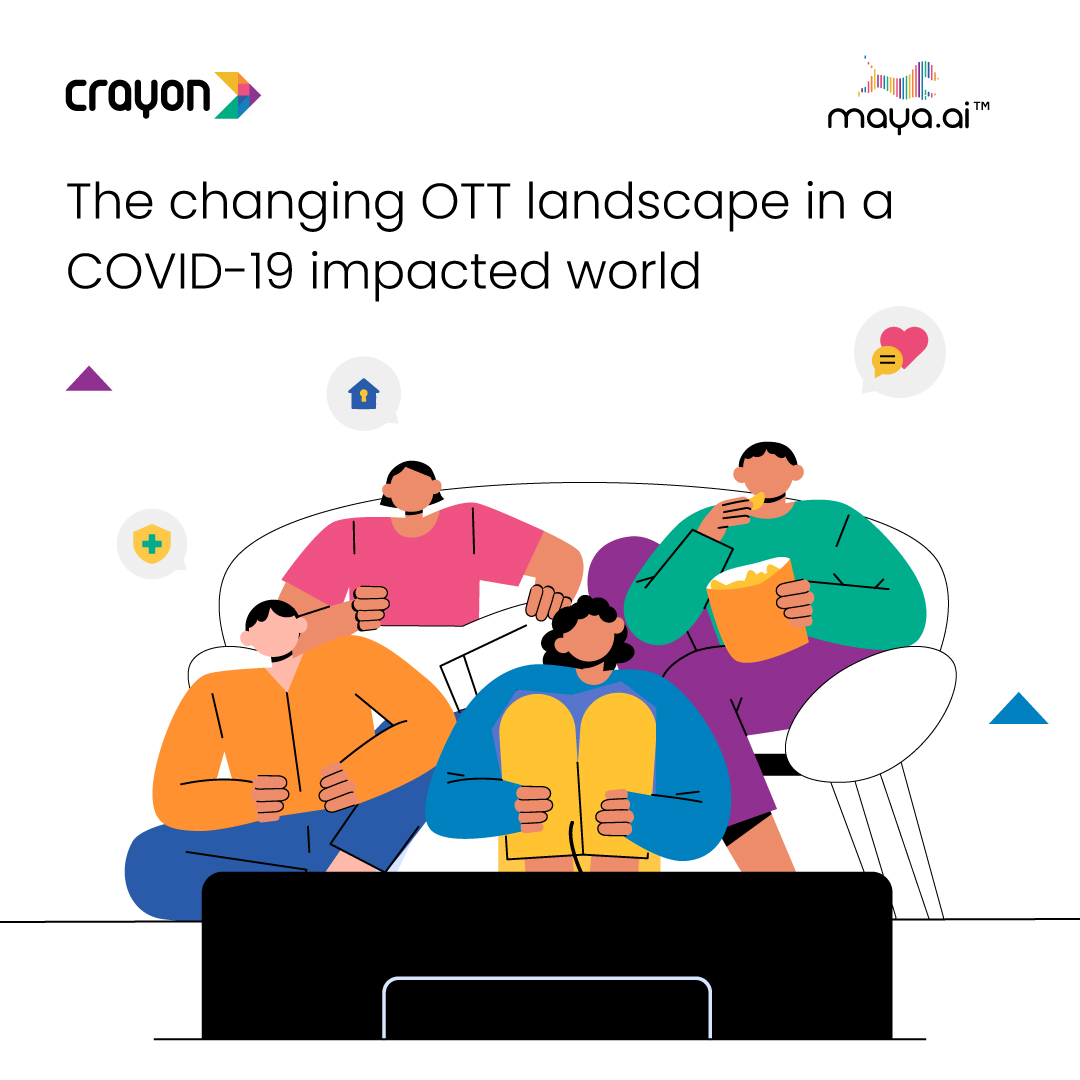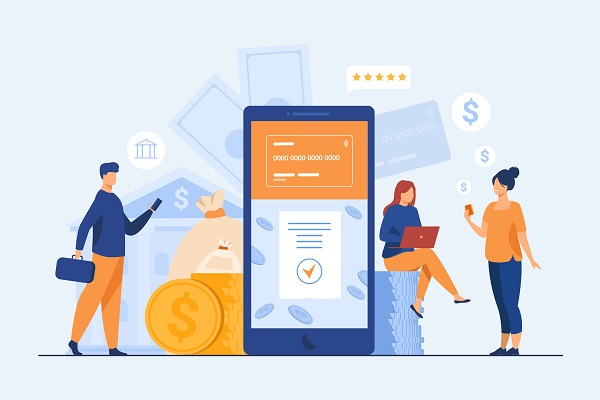We live in a world of rapidly exploding tech trends. A big data world. A mobile-first world. The collision of big data and mobile creates a unique challenge of contrasts.
In such a world, #DataMeetsDesign is the biggest challenge, and the biggest opportunity.
Why?
Take big data.
In an era where data is expanding exponentially, humans are plagued with an overwhelming number of choices.
Through a tech lens, reduction is the primary challenge. We need algorithms that mirror the complex cognitive thought-processes of human beings, and simplify their options.
Google Now, a classic example of presenting complex multi-layered information in a simple card.
“The internet offers trillions of options on almost everything. A phone offers a small 6” screen to fit them into.
A critical question at this point would be, how can we reduce choices and make them relevant, rather than expand them in the direction of irrelevance?
Now, consider the digital side of things.
Small screens mean less information. Just as simple personalised autofill was changed to be able to type in long sentences; conventional navigation options – endless scrolling, tiling, etc. that have been carried over from a non-mobile world need to be fundamentally re-examined.
In fact, the very idea of UI / UX needs to be re-envisioned.
We are beginning to see the emergence of a ‘No UI/UX’ world. One led by voice activation, where you speak to the mobile and it simply speaks back to you.
Siri, an example of personalised voice activation and the range of options it offers
The combination of data and design will pave the way to a truly mobile-first world. A world where algorithms will anticipate what you want even before you do. A world where a voice based digital concierge, personalised to your tastes, will help you navigate through your choices, without you having to touch a screen.
A world that’s not so far away. Seen the film “Her”?
The question that now arises for enterprises: How do you build capability in both these fields? And how do you compete in such a world?
So far, there has only been one model. You start at one end of the pipe, do that well and then progress into the other.
The reason for starting at one end is simple: [bctt tweet=”It’s hard to be good at both data and design. But it’s also hard to be successful if you’re not. “]
Embracing the other side is not a choice.
Apple started from design. Google from data. Now, Apple is getting better at using data (well, not by much). And Google is getting vastly better at design (a lot better when it comes to mobile, their web design still sucks big time).
In Crayon, we started at the data and analytics end, only to realise that offering great analytics was not enough. We had to win the digital / design execution challenge.
We have now added digital and design capabilities to round off our strengths in data.
Practically no one has succeeded at getting both data and design right, from the outset. Uber and AirBnB come closest to achieving the right mix.
The primary challenge of developing both capabilities is organizational culture. The ‘languages’ that people from the data and design worlds speak, are different. The skill-sets, mind-sets, and the very DNA of these two types of teams are different. Hence, the DNA of such an organization is also very different.
The company of the future will be one that has this DNA.
Welcome to the new world.
Welcome to a world where #datameetsdesign.







